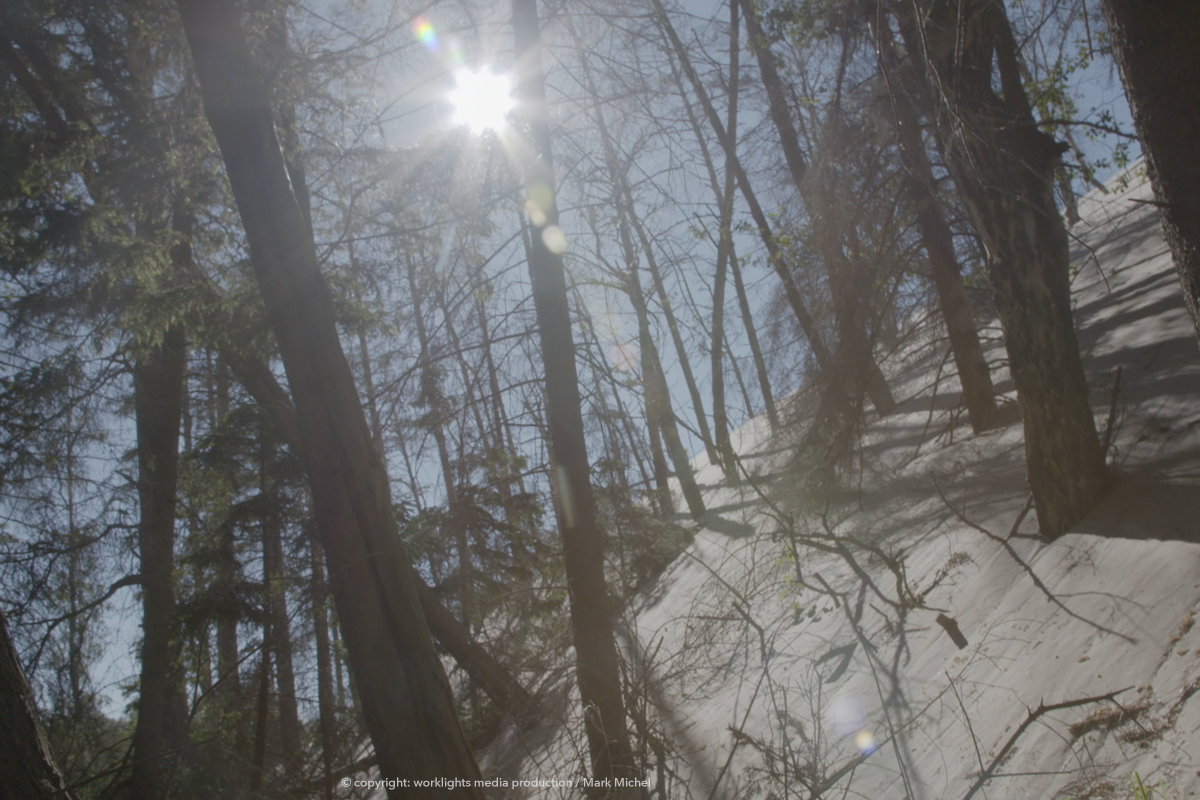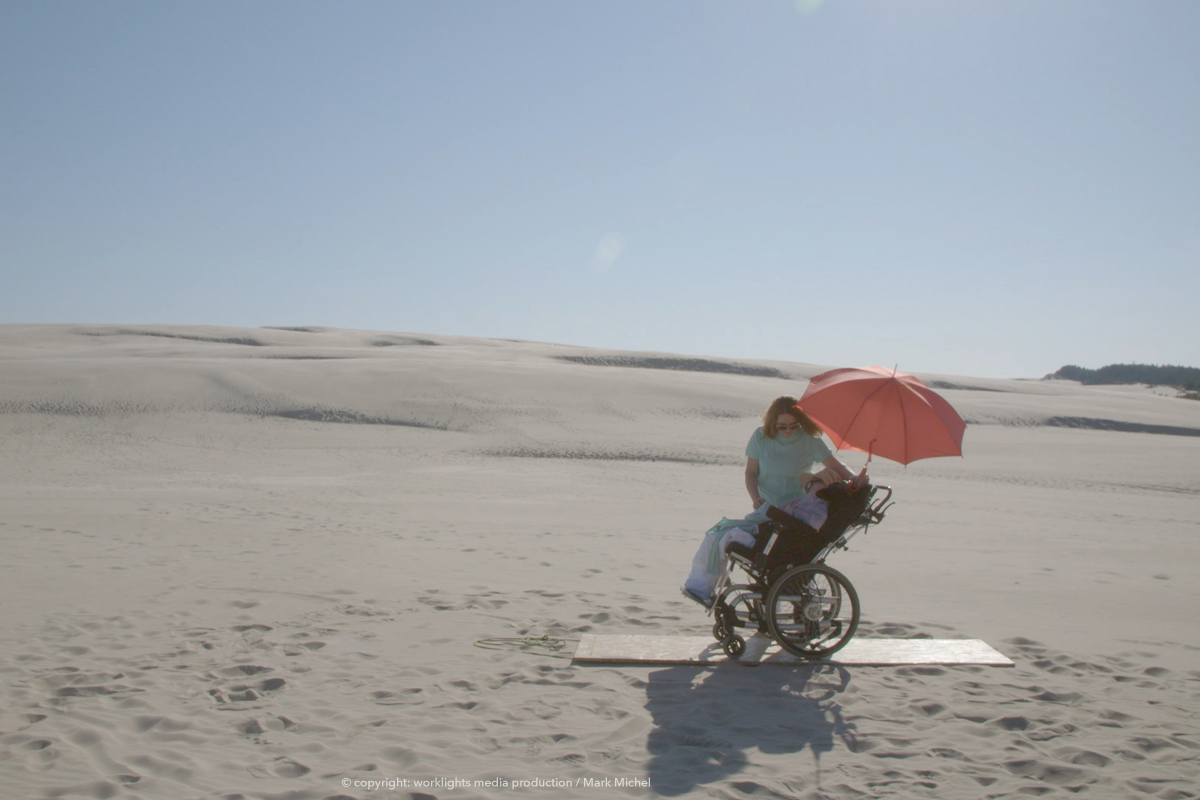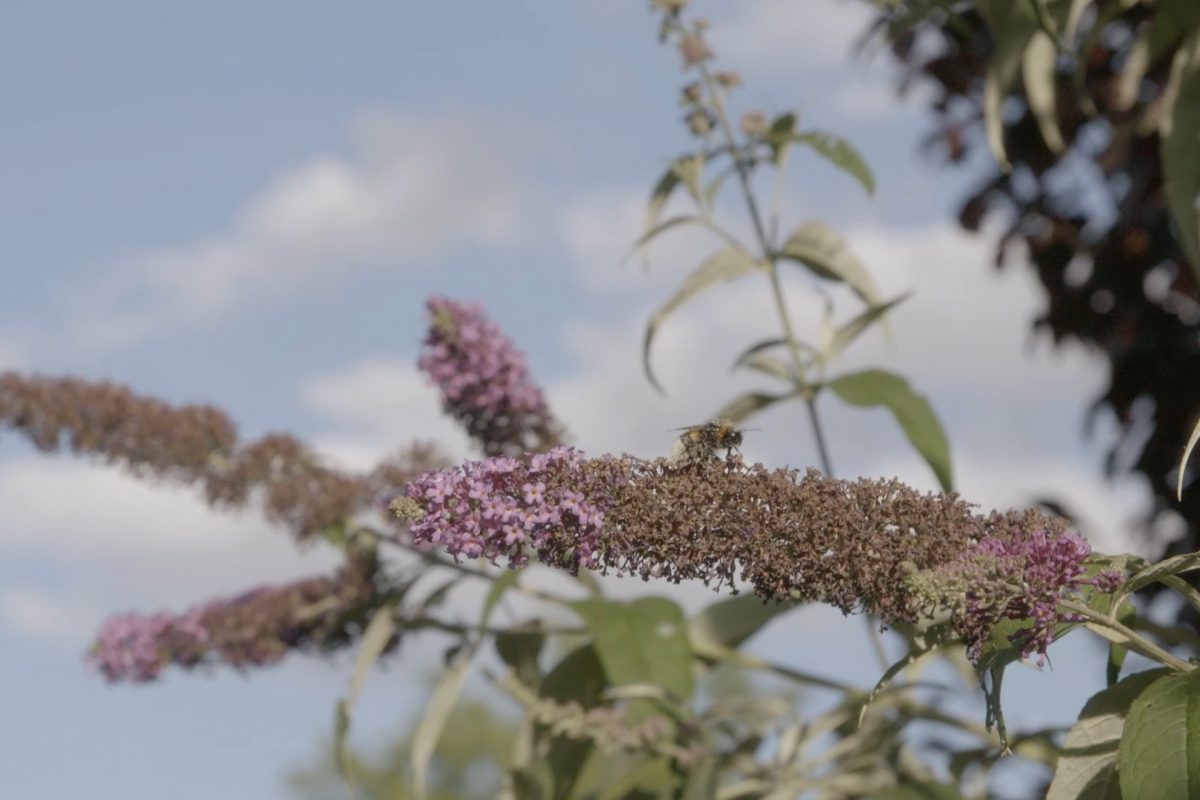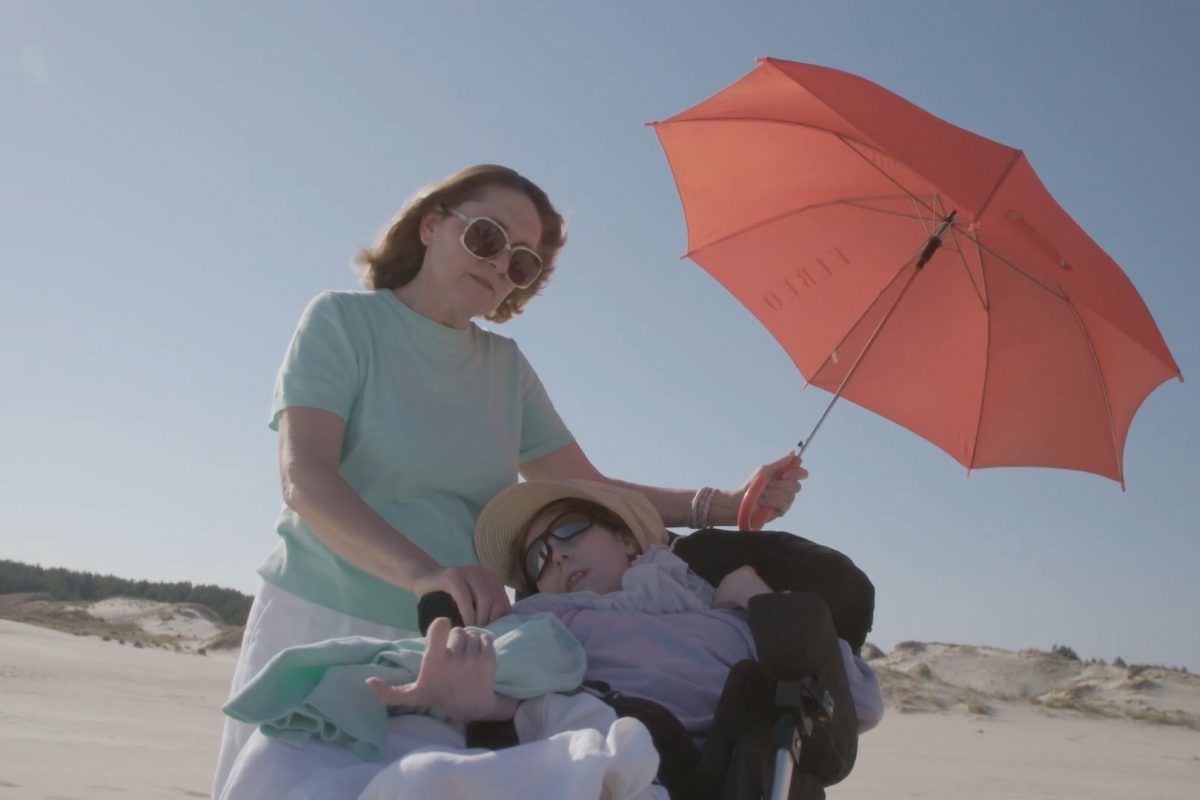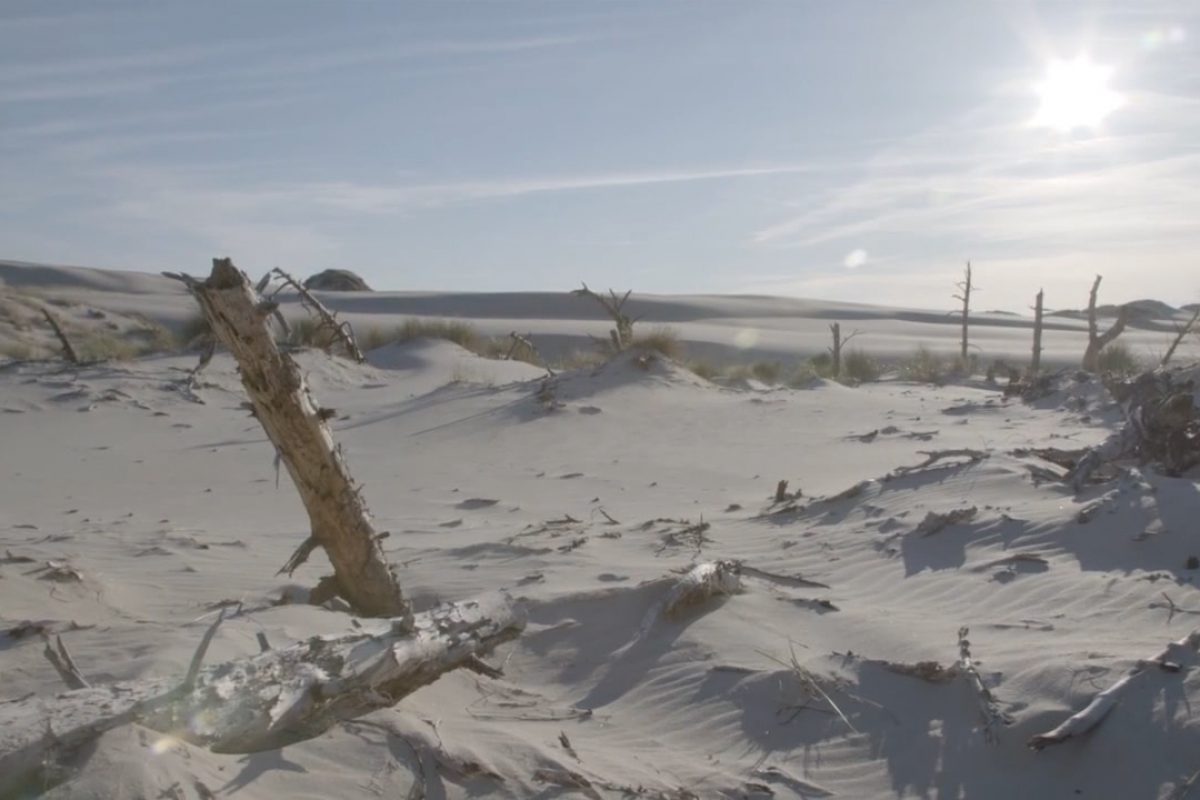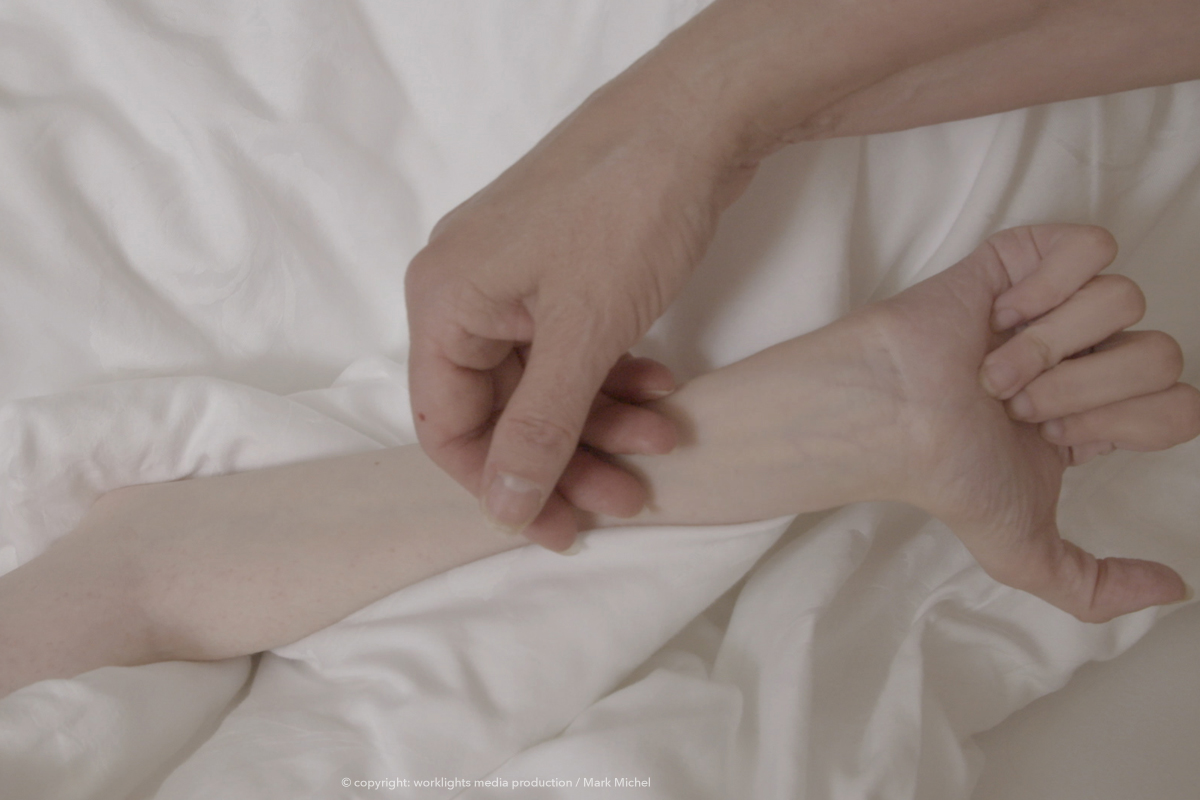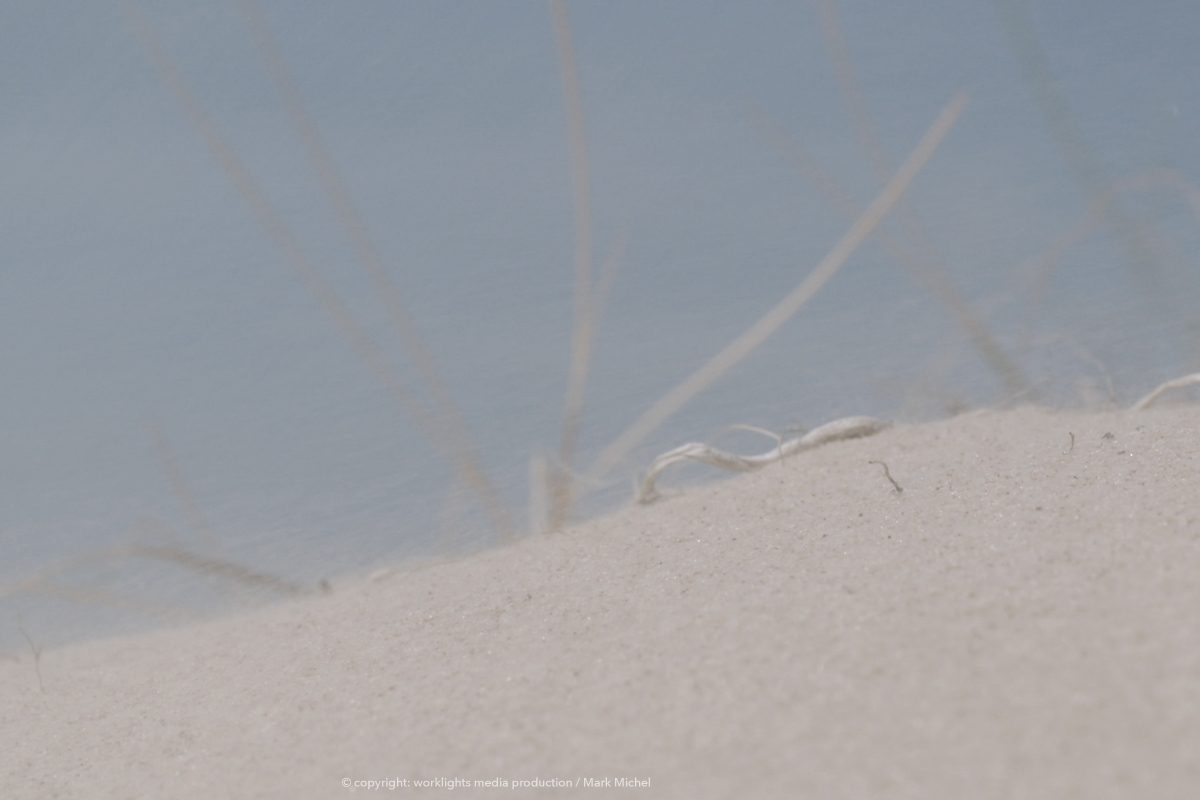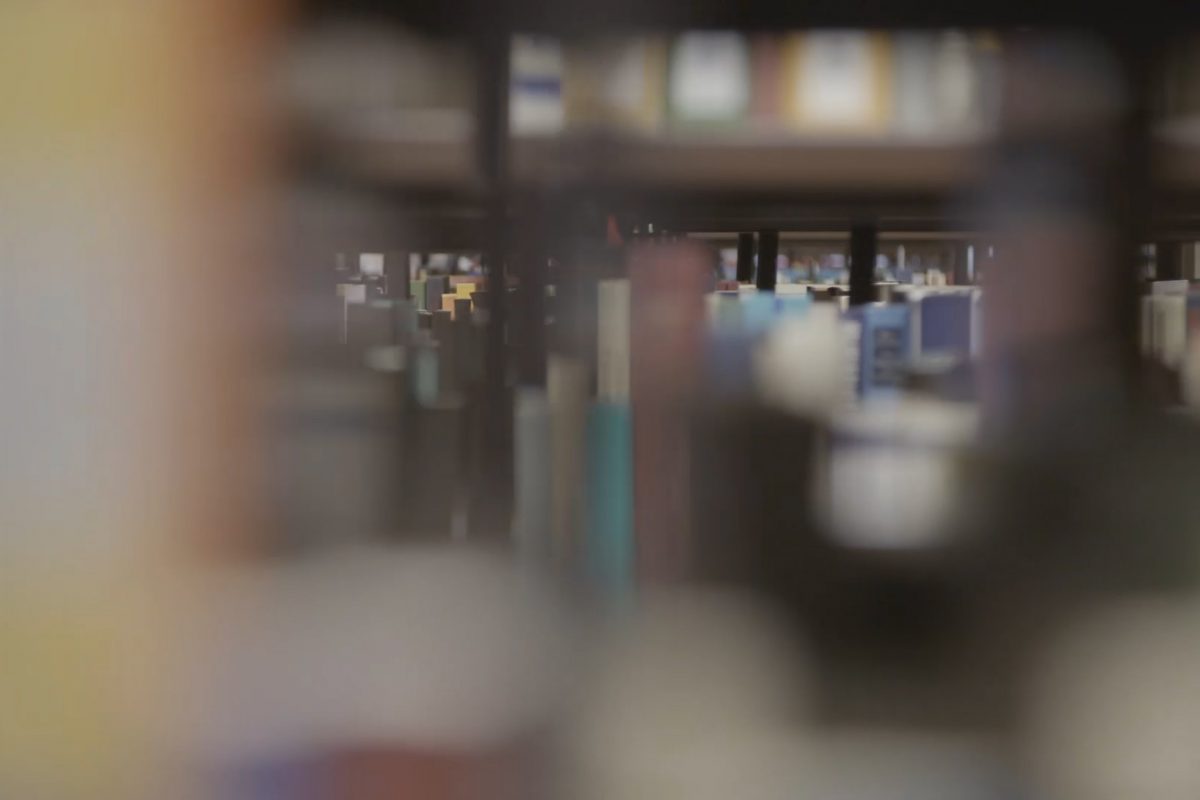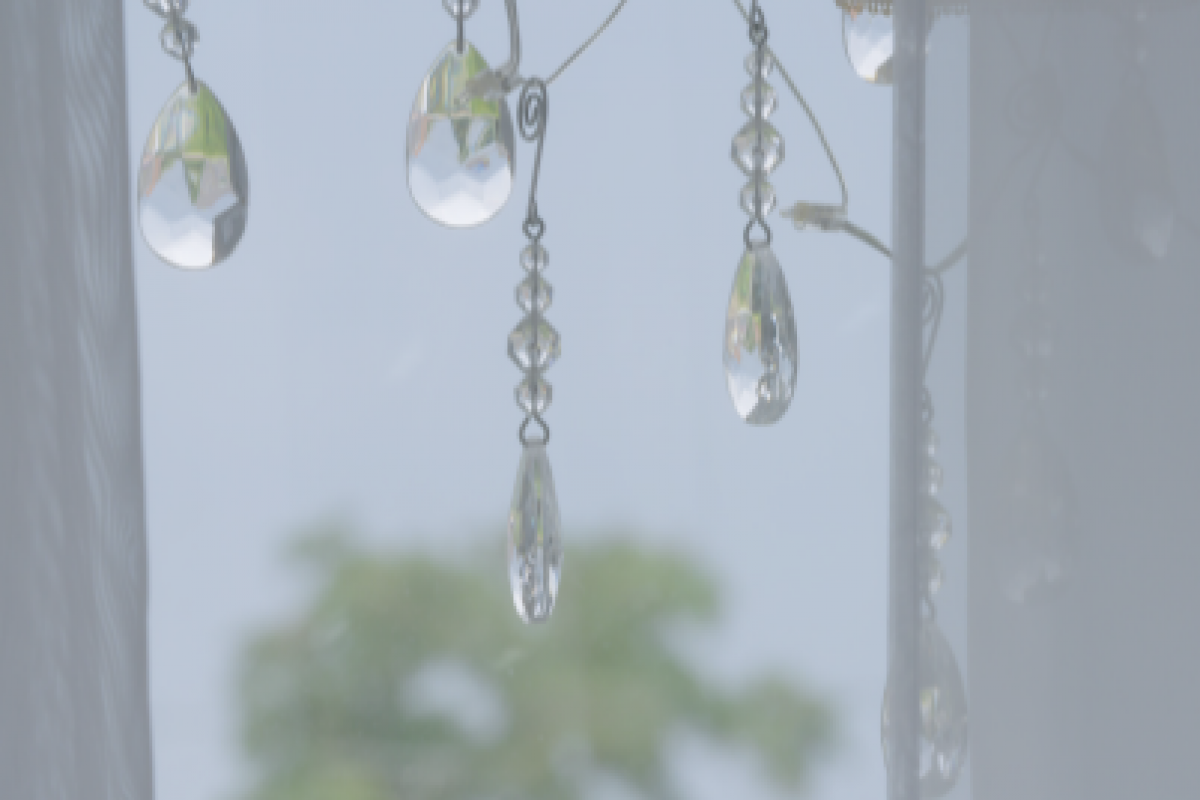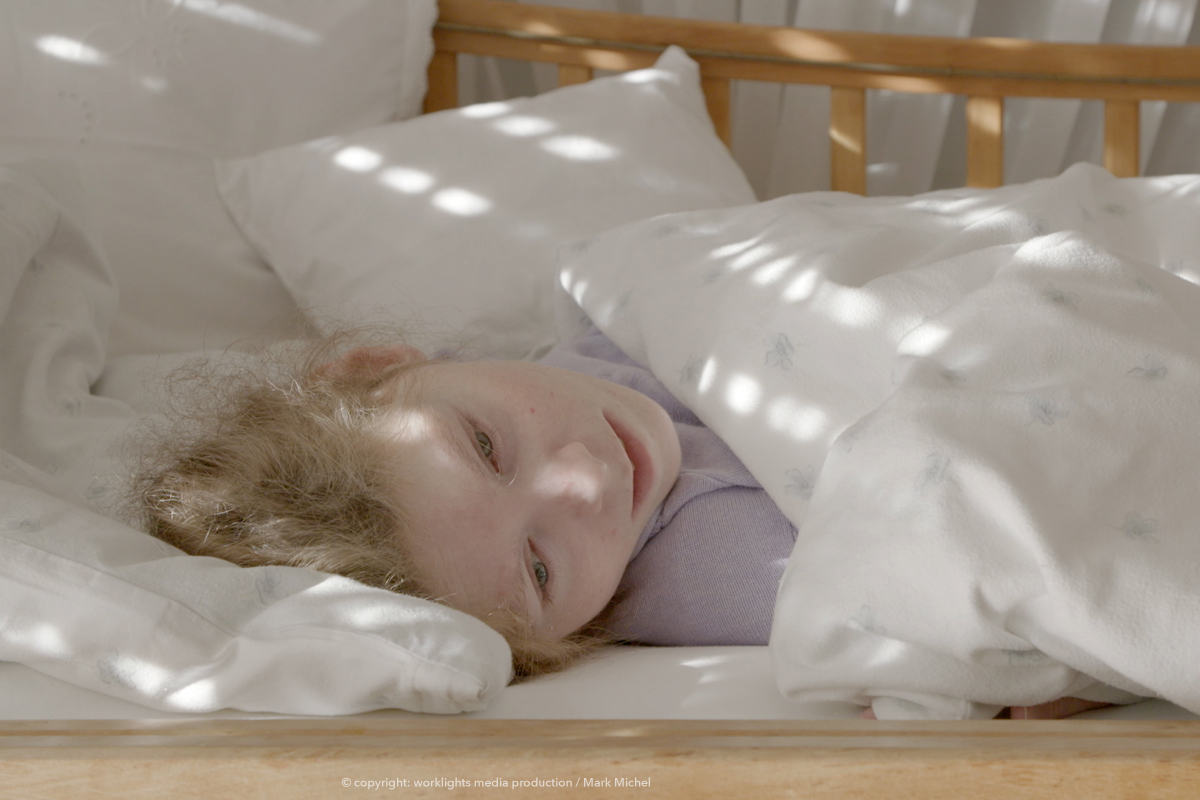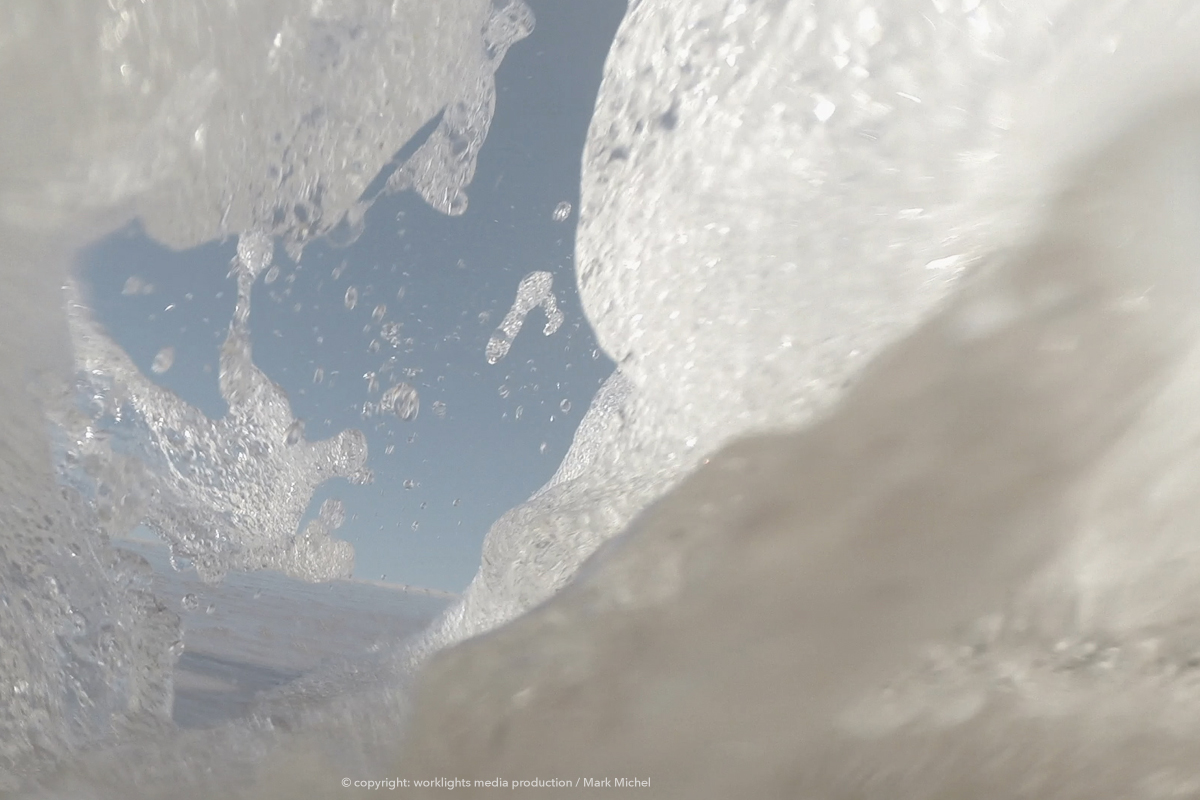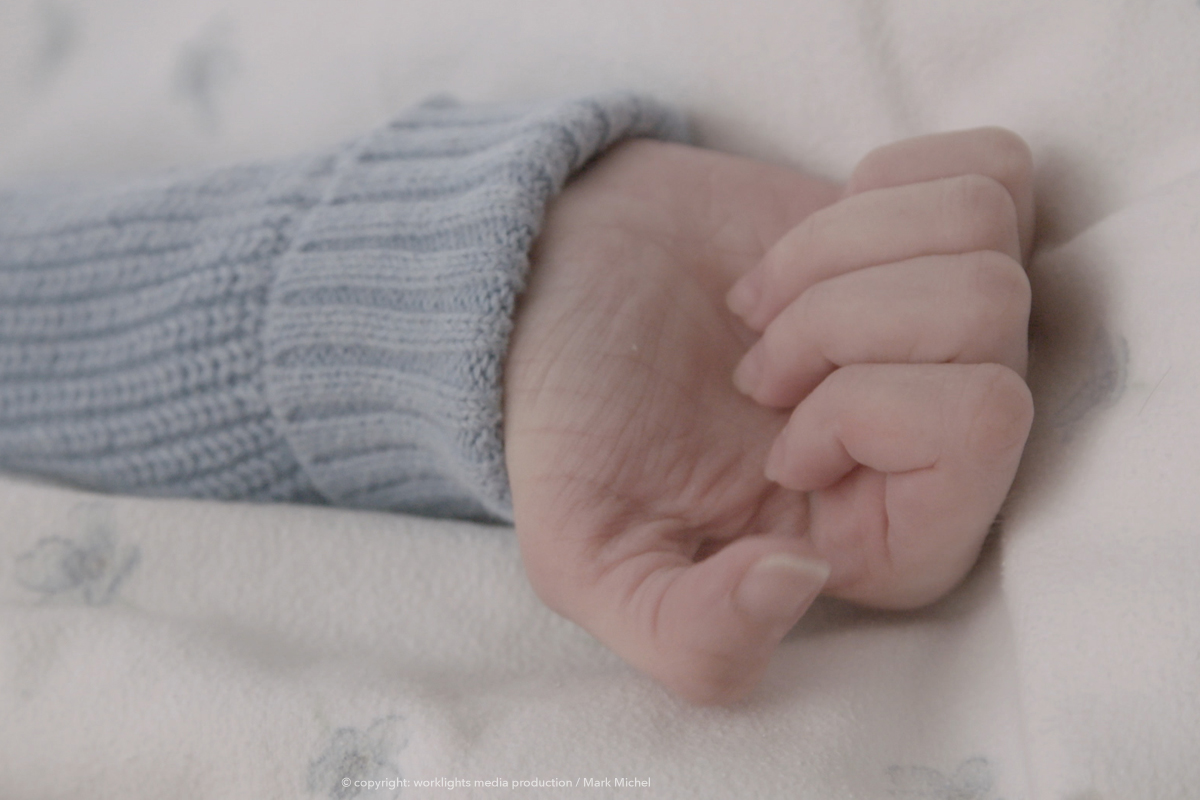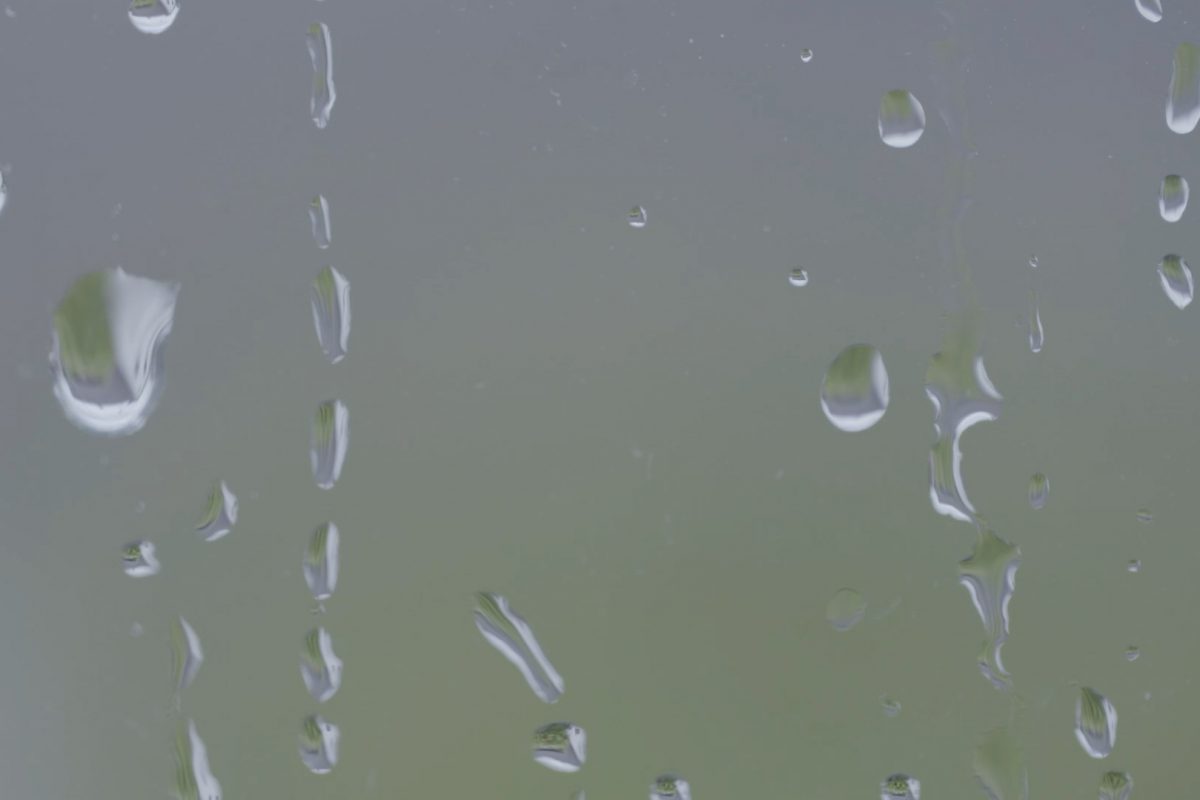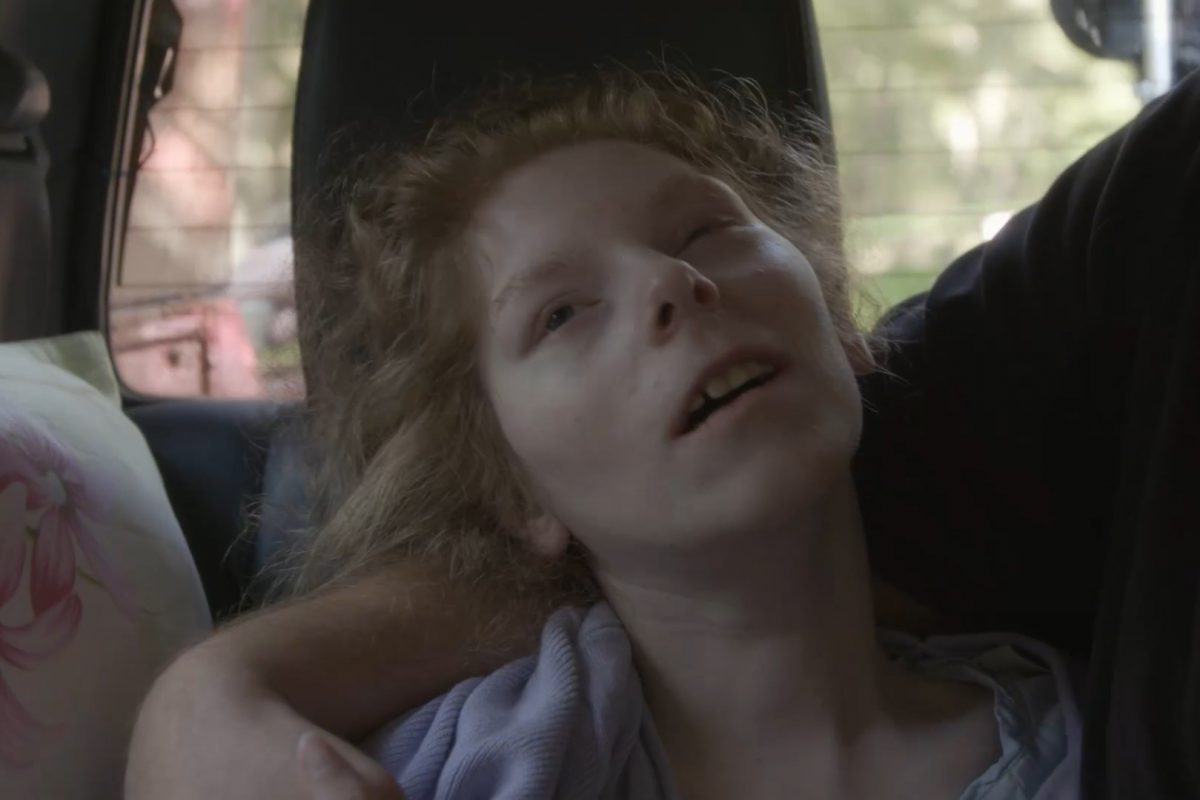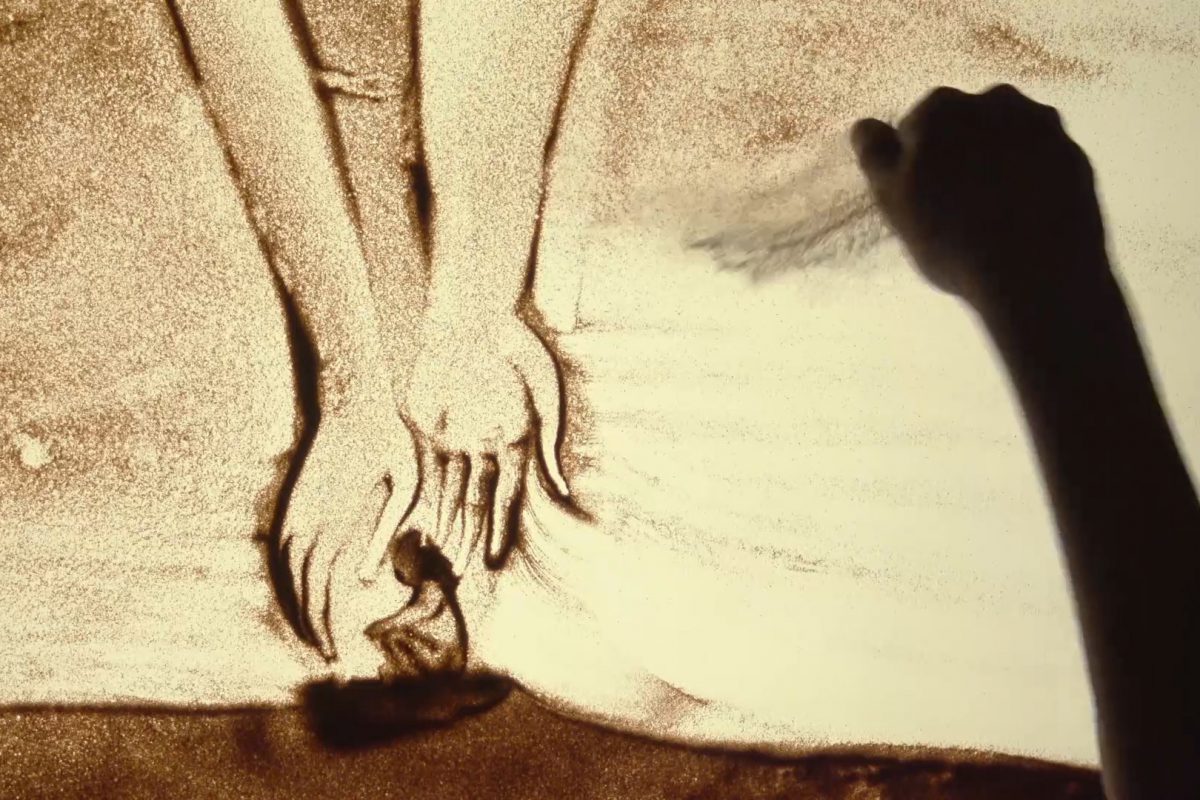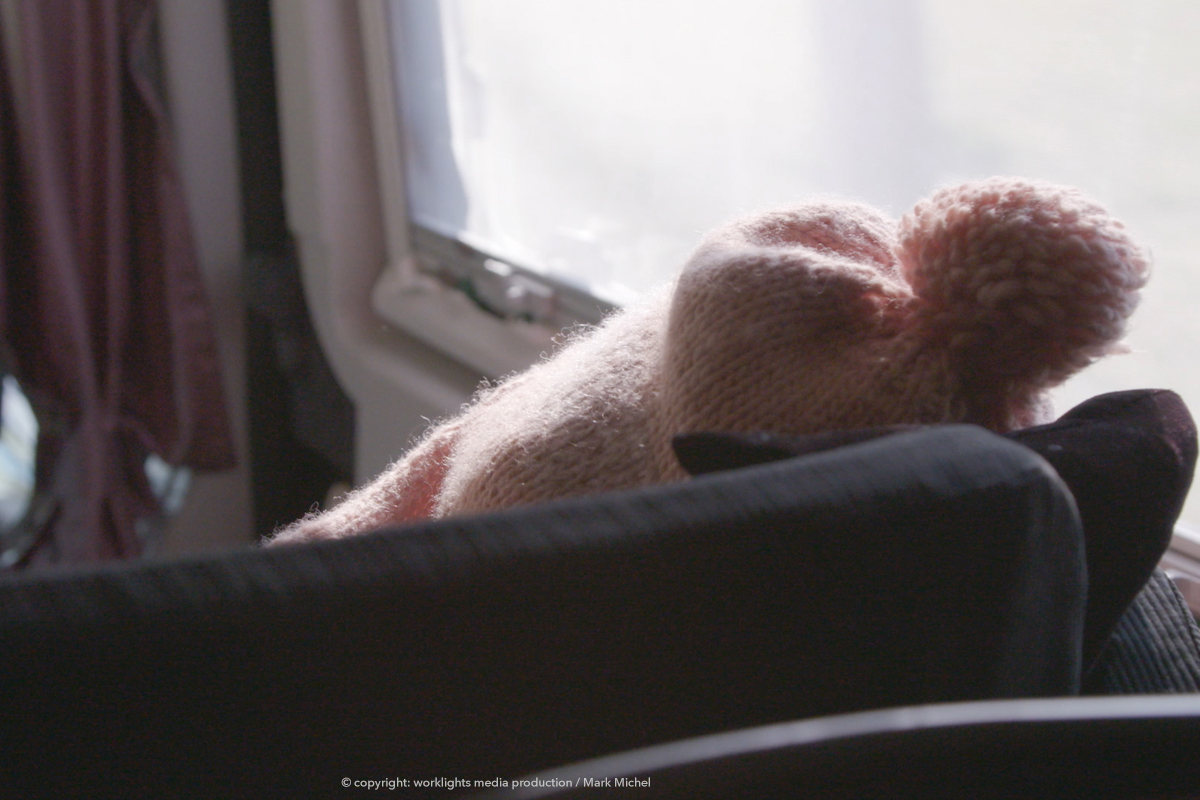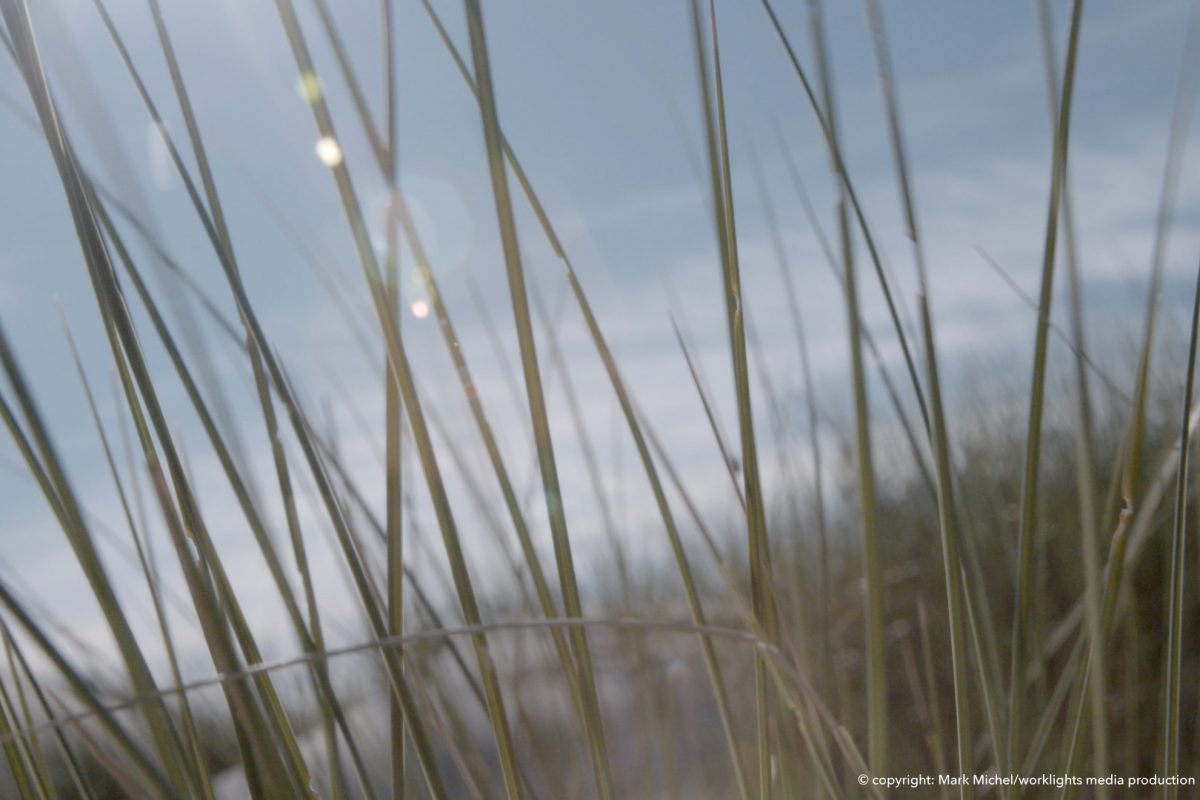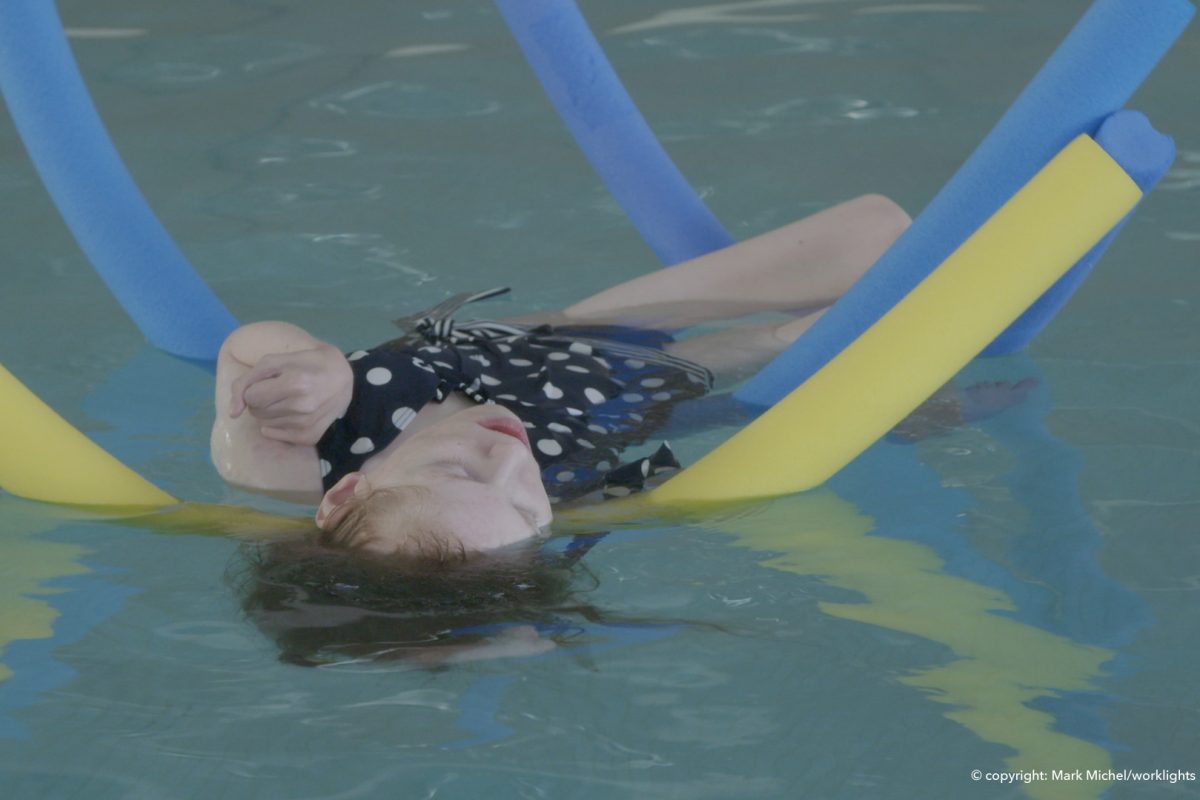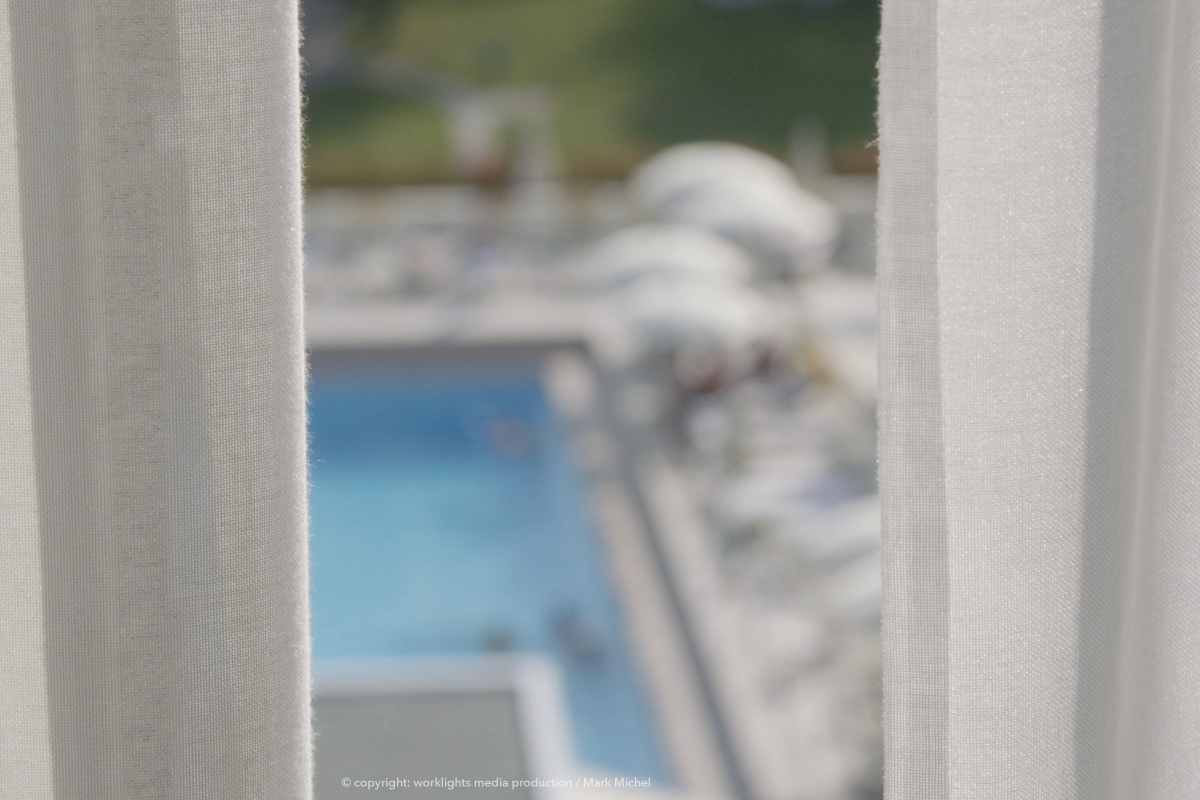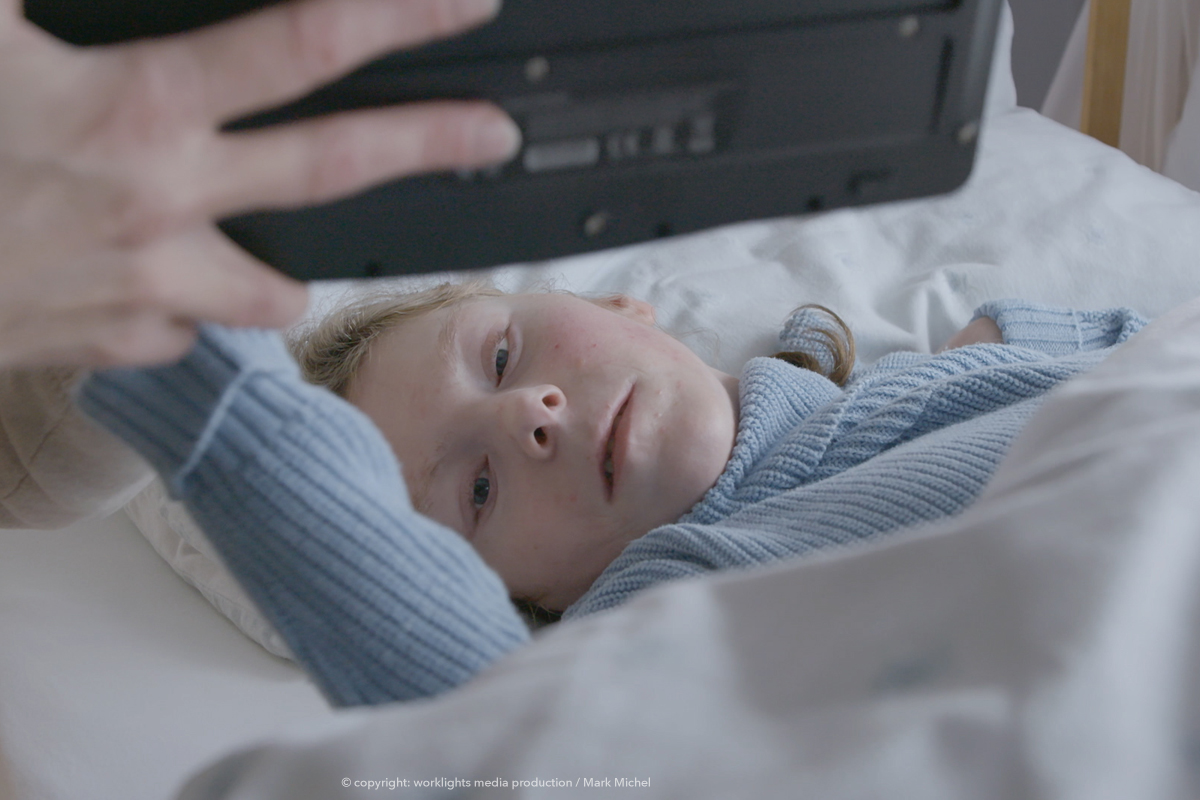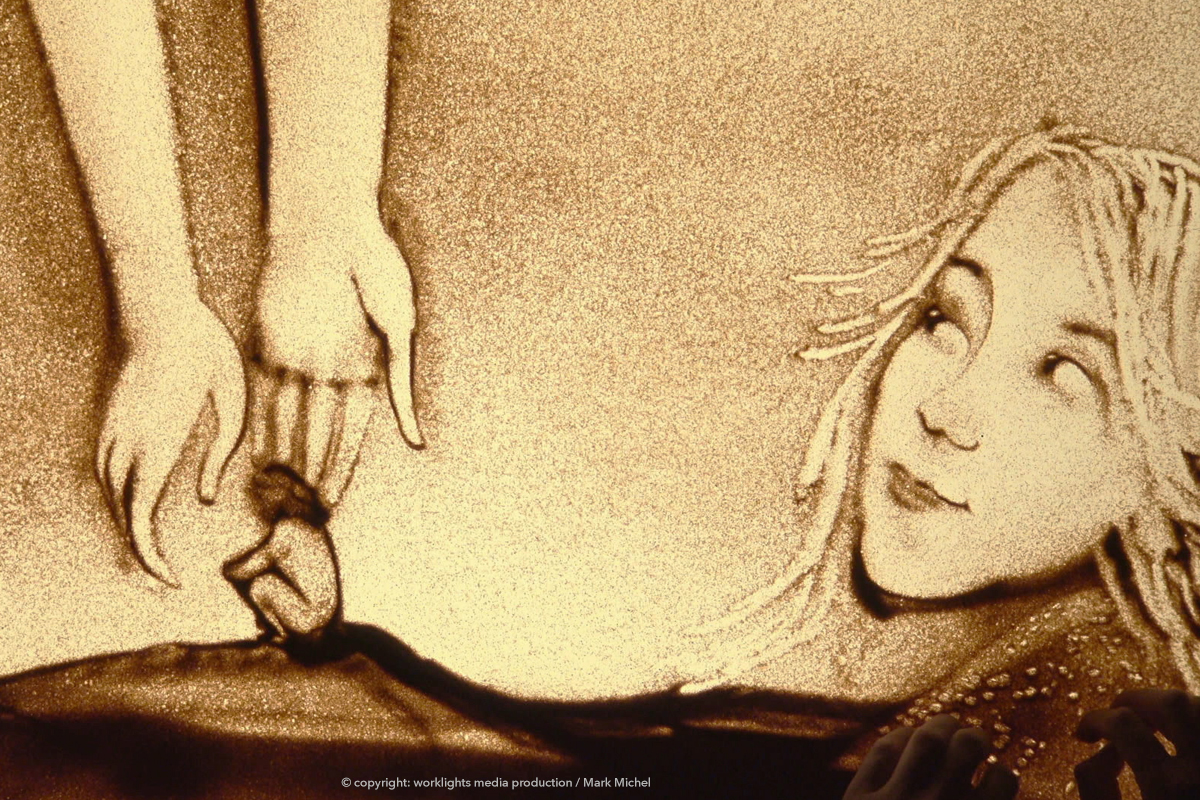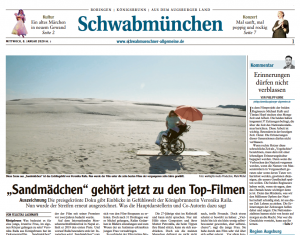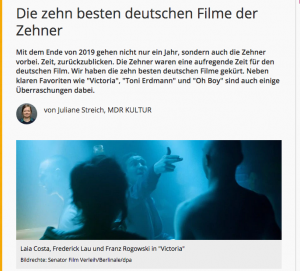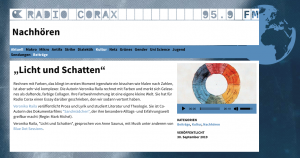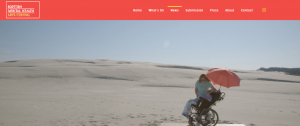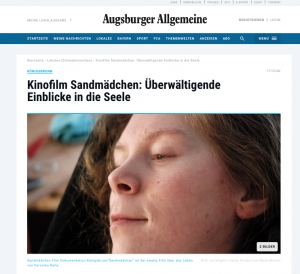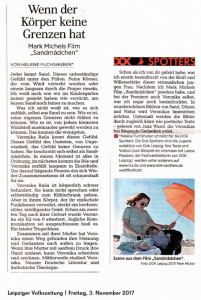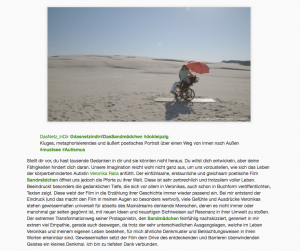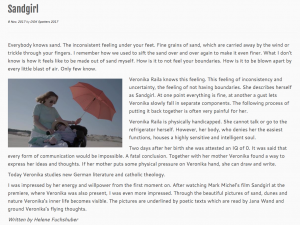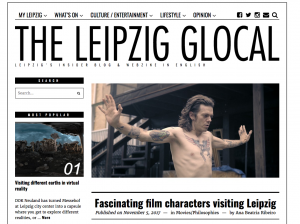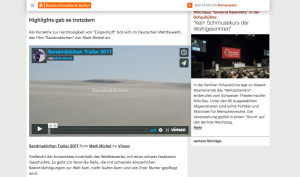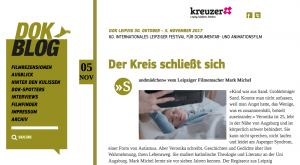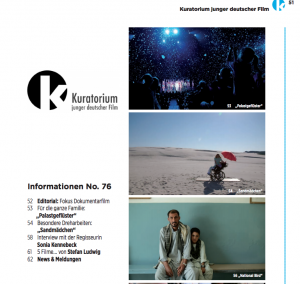
PRESSE
Radio – Essay „Licht und Schatten“
RADIO-ESSAY „LICHT UND SCHATTEN“
Rechnen mit Farben, das klingt im ersten Moment irgendwie ein bisschen wie Malen nach Zahlen, ist aber sehr viel komplexer. Die Autorin Veronika Raila rechnet mit Farben, merkt sich Gelesenes als duftende, farbige Collagen. Ihre Farbwahrnehmung ist eine eigene kleine Welt. Sie hat für Radio Corax einen Essay darüber geschrieben, den Radio Corax dann vertont haben.
Veronika Raila veröffentlicht Prosa und Lyrik und studiert Literatur und Theologie. Sie ist Co-Autorin des Dokumentarfilms „Sandmädchen“, der ihre besondere Alltags- und Erfahrungswelt greifbar macht (Regie: Mark Michel).
www.veronika-raila.de
Veronika Raila, „Licht und Schatten“, gesprochen von Anne Saunus
Talking Heads: Sandgirl Review
Veronika Raila lives in Germany. She can neither speak, nor walk, and she has been completely dependent on others to assist her with the entirety of her care needs since birth. Despite this, Sandgirl is not a story about the struggle and plight of a disabled woman with complex care needs, but a visually enchanting celebration of an artistic, creative and highly intelligent mind. Not only is Veronika intelligent, but she has a photographic memory and the ability to write both poetically and philosophically with an astonishing degree of talent.
Veronika, a cowriter of the documentary, illustrates her story using her own words, narrated through the voice of someone else. She describes her disability and her day-to-day life using evocative poetry that provides a fascinating insight into the creativity, writings and introspectiveness of a woman who was labelled at birth as having an IQ of zero. Akin to this, Veronika’s writings and poetry are accompanied by the sand art and animation of Anne Löper, who uniquely captured the emotion of Veronika’s story, and the beautiful cinematography of Ines Thomson.
The film follows Veronika and her family, in particular her main care giver and mother, during their everyday lives, from University, where Veronika studies German literature and catholic theology, to ancient monasteries in Italy where the family spends their annual holiday. Her mother, almost always by Veronika’s side, shares a deep, caring and supportive bond with her daughter. One of the few moments of pity or sadness within the film is when Veronika’s mother, before understanding her daughter’s potential, describes the guilt she felt for almost giving up on her child. Veronika herself displays very little anguish towards her circumstances, instead she wholeheartedly embraces it, which she sums up succinctly by stating “I love my life because it is mine”.
Sandgirl provides a colourful, poetic and mesmerising insight into the mind and life of an incredible young thinker. The documentary itself focuses more on the talent and creative works of Veronika than it does on her physical impairment. Sandgirl should be celebrated for taking an, unfortunately, uncommon approach in regard to the depiction of people with mental health issues and/or disabilities. This intriguing documentary not only investigates the depth of Veronika’s mind, but also questions common discourses about the importance of able-bodiedness and speech for communication and connection.
by Lisa Rashleigh
Lisa is a 25-year-old Australian living in Glasgow. She has a background in youth work and homelessness, and is currently working as an independent advocate. Lisa is passionate about both mental health and the Glaswegian music and art scene. Follow her on Instagram @bin_leisel or on Twitter @LisaRashleigh.
Augsburger Allgemeine
Überwältigende Einblicke in die Seele – Nach 84 Minuten herrschte im Kino 1 des Cineplex nach der Vorführung absolute Stille. Obwohl der Saal voll besetzt war, rührte sich niemand und der gesamte Abspann lief ebenfalls noch in dieser Ruhe ab. Niemand stand auf, niemand verließ den Saal und niemand sprach mit seinem Nachbarn. mehr lesen..
Kritik BLINDGÄNGERIN
Sandmädchen
Neugierig geworden, wer sich dahinter verbirgt?
Jedenfalls nicht das weibliche Pendant zum Sandmännchen, der Verkleinerungsform des Sandmanns, einer in der europäischen Mythologie angesiedelten Sagengestalt.
Der Sandmann besucht, so ist es überliefert, des Abends die Kinder. Er streut ihnen Sand in die Augen, der sie schlafen läßt und für gute Träume sorgt.
Auch die Vergrößerungsform von Sandmädchen, die Sandfrau, zielt in eine völlig falsche Richtung. Geht ein homosexueller Mann zur Tarnung seiner sexuellen Ausrichtung eine Beziehung mit einer Frau ein, wird diese als „Sandfrau“ bezeichnet.
Des Rätsels Lösung, wer
„Sandmädchen“
ist, gibt’s seit dem 18. Oktober im Kino!
In dem Dokumentarfilm, den ich allen wärmstens ans Herz legen möchte, spielt Sand eine ganz wichtige Rolle. Gerieben habe ich mir die Augen aber vor Erstaunen und nicht wegen lästiger Sandkörnchen.
mehr: www.blindgaengerin.com/sandmaedchen/
Kritik FILMDIENST
Außergewöhnlich einfühlsam gestalteter Dokumentarfilm über eine junge autistische und körperlich behinderte Frau, die nicht laufen und nicht sprechen kann, weshalb sie auf fremde Hilfe angewiesen ist. Der auf leise Töne und sinnliche Bilder setzende Film zeigt jedoch, wie feinfühlig sie ihre Umwelt wahrnimmt, wie sie mit Hilfe ihrer Mutter in Gestalt von Gedichten und Geschichten mit anderen kommuniziert und wie sie trotz aller Beeinträchtigungen ein Studium aufnehmen konnte. Die eindringlichen Texte der Protagonistin finden kongeniale bildsprachliche Entsprechungen, sodass dem essayhaften Porträt eine bemerkenswerte dichte Annäherung an eine komplexe Gedankenwelt gelingt. (Filmdienst)
Kuratorium junger deutscher Film
Drehbericht Veronika Raila
„Das Sandmädchen“: Der Dreh
Veronika Raila, KJK 4/2016
erschienen als Beilage bei der Zeitschrift FILMDIENST
